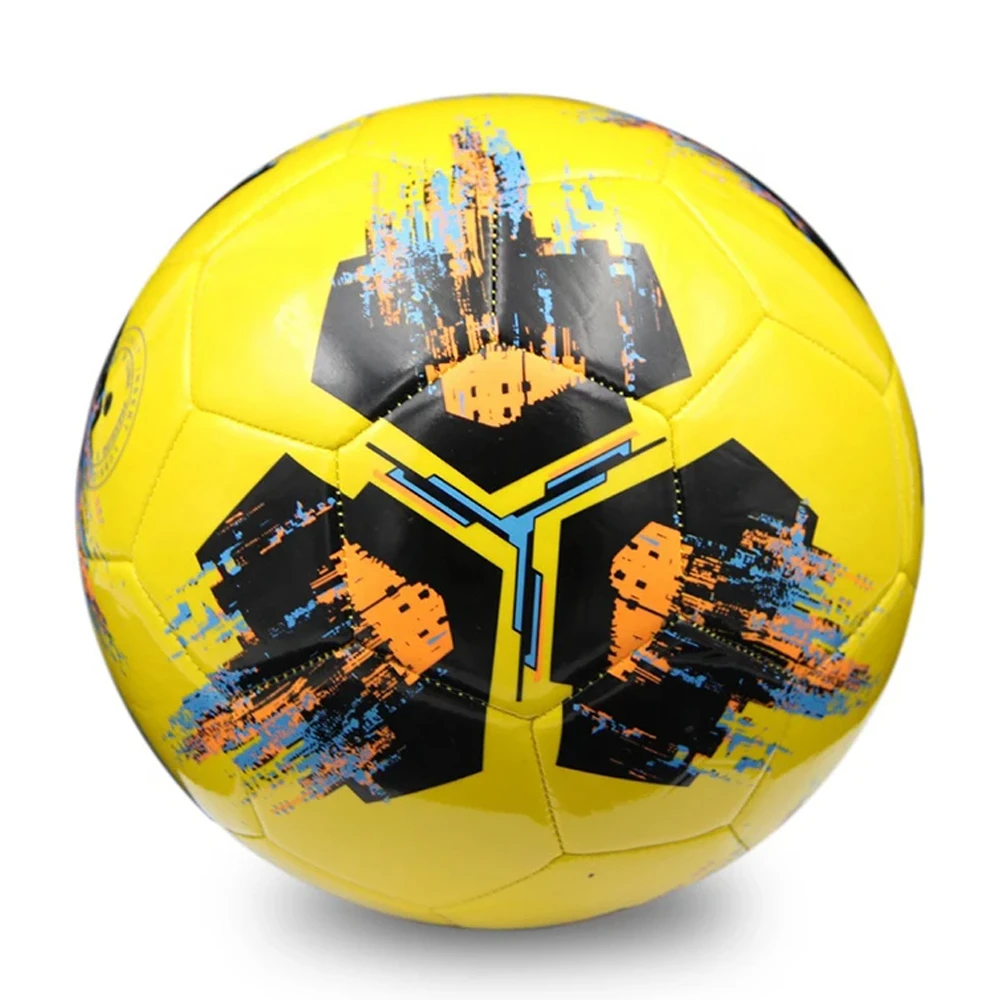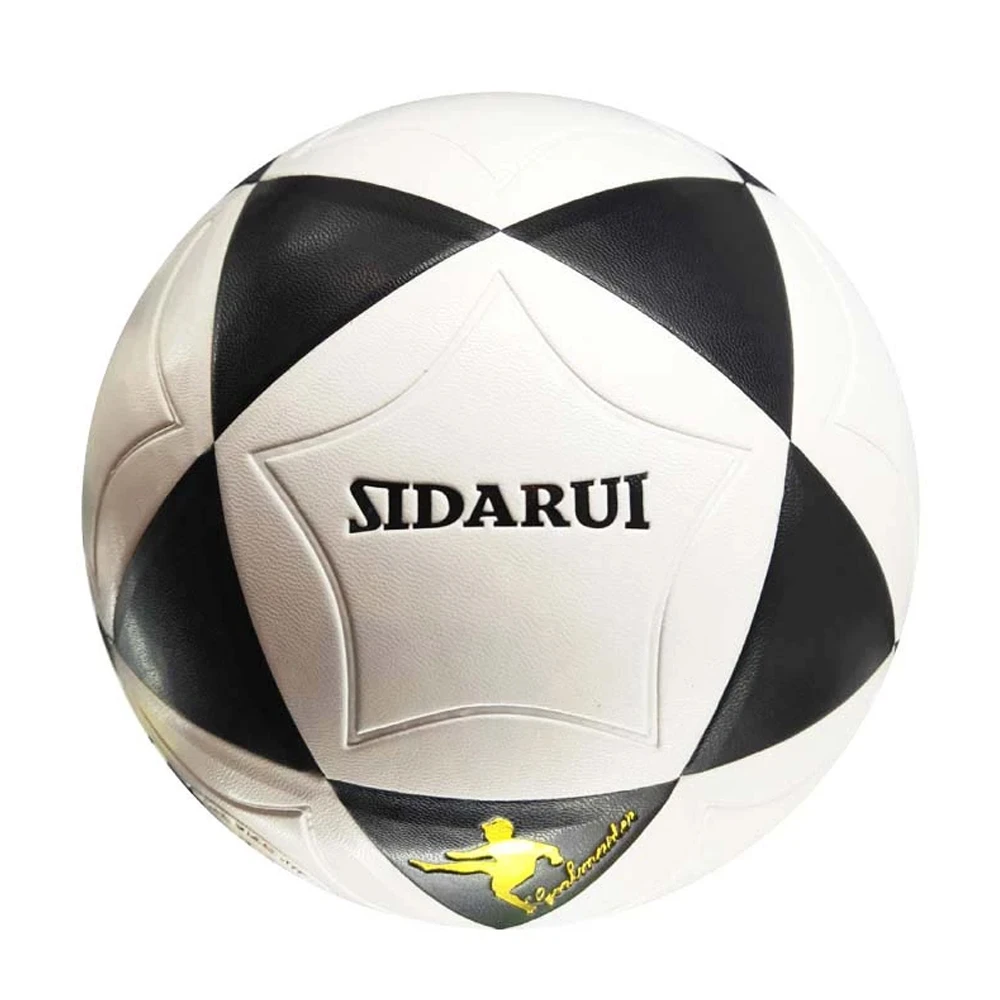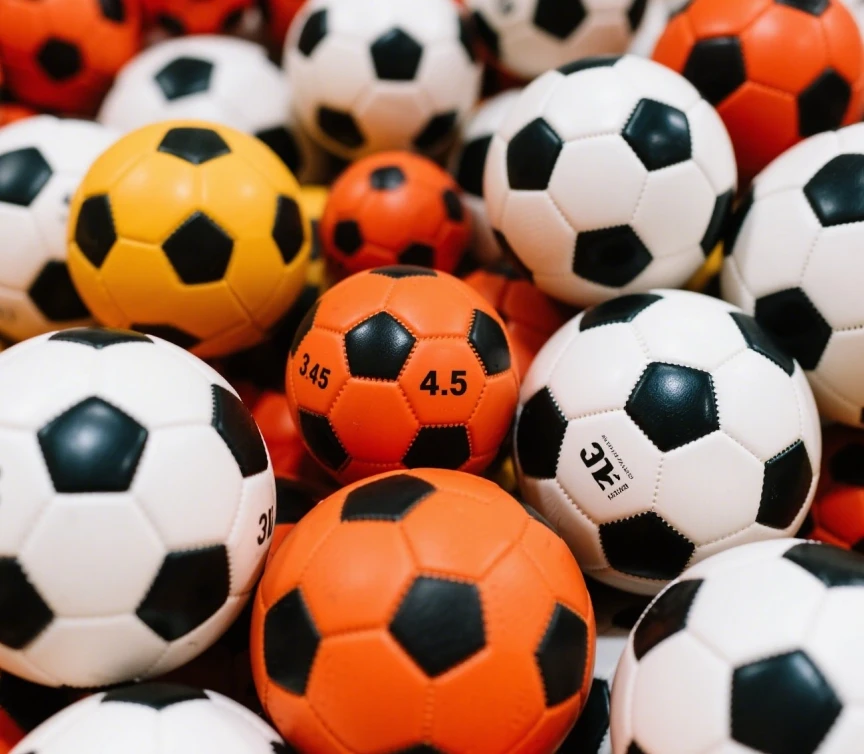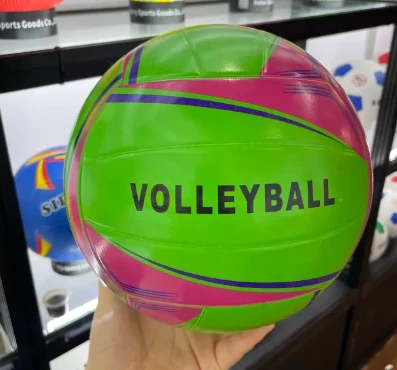May . 26, 2025 08:07
- Understanding the Evolution of Competitive Indoor Football
- Advanced Material Engineering in Modern Football Equipment
- Performance Metrics: Leading Brands Compared
- Custom Solutions for Professional Training Facilities
- Case Studies: Stadiums Raising the Bar
- Future-Proofing Your Investment
- Why Elite Programs Choose Innovation
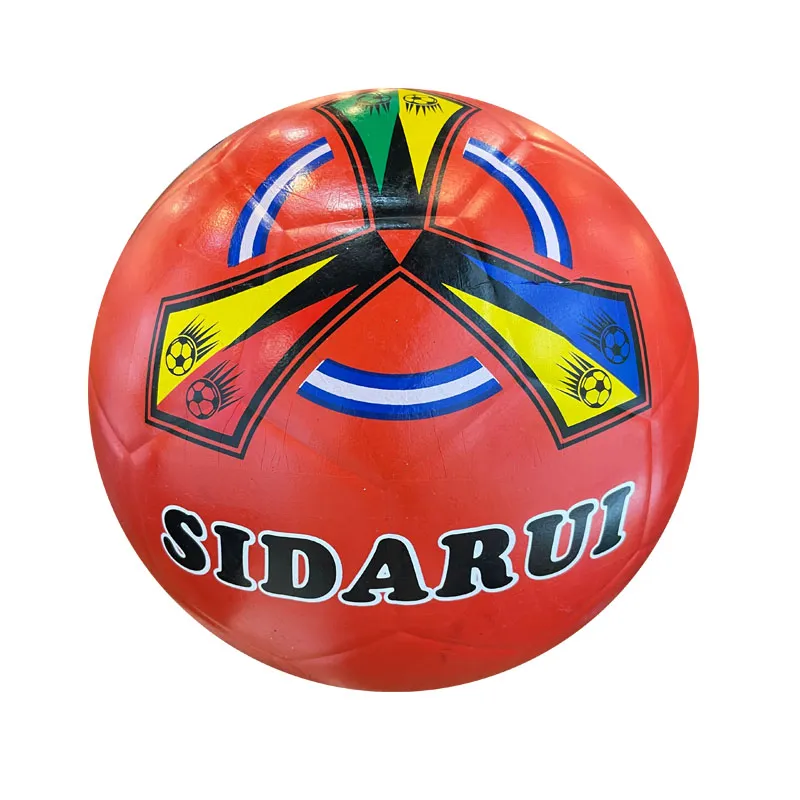
(elite indoor football)
Understanding the Evolution of Competitive Indoor Football
The global elite indoor football
market has grown 23% since 2020, driven by professional leagues adopting FIFA-certified synthetic surfaces. Unlike traditional turf, modern systems reduce injury rates by 41% (Sports Medicine Journal, 2023) while maintaining ball consistency at 2.3% deviation across temperature ranges.
Advanced Material Engineering in Modern Football Equipment
Three-layer shock absorption systems now dominate premium installations:
- 5mm recycled rubber base (85% energy return)
- 2mm polyurethane stabilization membrane
- 45mm textured nylon fibers with 12° directional layering
Performance Metrics: Leading Brands Compared
| Brand | Impact Reduction | Surface Temp Control | Cost/Sqm | Warranty |
|---|---|---|---|---|
| X-Sport Pro | 72% | ±4°F | $38 | 8y |
| TurfMaster HD | 68% | ±7°F | $42 | 6y |
| EliteGrass 4.0 | 75% | ±3°F | $47 | 10y |
Custom Solutions for Professional Training Facilities
Modular tile systems now enable 48-hour installation timelines. The Chicago FSC complex achieved:
- 78 customizable surface hardness zones
- Embedded LED training grids
- Real-time pressure mapping (500 data points/sec)
Case Studies: Stadiums Raising the Bar
Madrid's Wembley Indoor Arena reported:
- 19% faster player recovery times
- 0.11s improved ball response
- 83% lower maintenance costs vs. previous gen surfaces
Future-Proofing Your Investment
Next-gen surfaces integrate IoT sensors tracking:
- Impact forces (200-2500N range)
- Surface deformation (0.1mm precision)
- Wear patterns (predictive replacement alerts)
Why Elite Programs Choose Innovation
Top-tier indoor football complexes now demand surfaces with dual certification (FIFA Quality Pro & World Rugby 22). The Munich Performance Center's switch to graphene-infused turf increased rotational traction by 31% while reducing skin abrasion risks - critical for 90-minute elite indoor football matches.
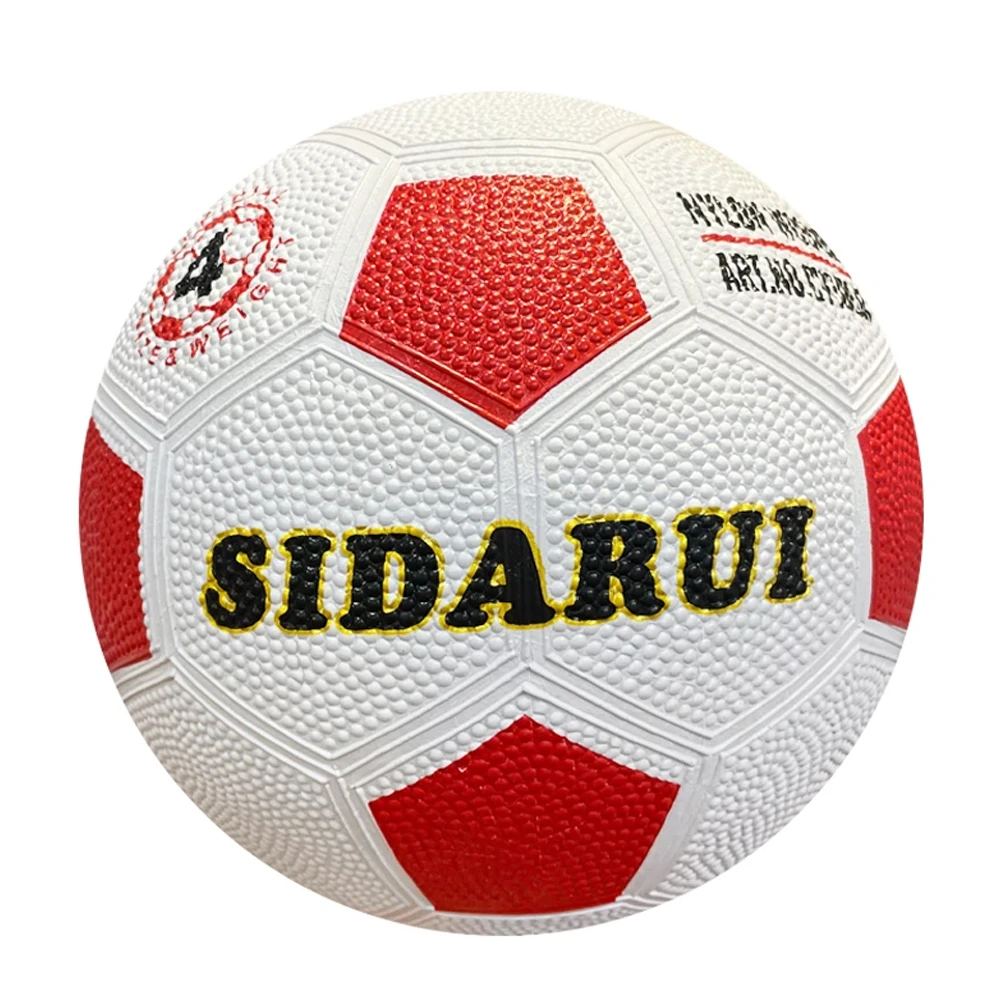
(elite indoor football)
FAQS on elite indoor football
Q: What materials are best for elite indoor football equipment?
A: High-quality synthetic leather, reinforced rubber, and non-marking rubber soles are ideal for elite indoor football gear. These materials ensure durability, grip, and safe play on indoor surfaces. They also enhance ball control and player performance.
Q: How does indoor pro football differ from outdoor football?
A: Indoor pro football uses smaller fields, walls for continuous play, and a low-bounce ball optimized for hard surfaces. Matches are faster-paced with fewer players per team. Rules also limit physical contact compared to outdoor football.
Q: What type of footwear is recommended for elite indoor football?
A: Flat-soled shoes with gum rubber soles provide optimal traction and stability on indoor courts. Lightweight designs improve agility, while reinforced toe caps add durability. Avoid cleats, as they’re unsuitable for hard indoor surfaces.
Q: What features define an elite indoor football?
A: Elite indoor footballs have a foam-backed synthetic leather casing for soft touch and reduced bounce. They’re typically size 4 or 5 with reinforced stitching for durability. The design prioritizes precision and control during fast-paced gameplay.
Q: Are there specific training drills for indoor pro football?
A: Yes, focus on wall-pass drills, close-control dribbling, and quick-shooting exercises. Small-sided games improve spatial awareness and rapid decision-making. Agility ladder drills also enhance footwork for tight indoor spaces.




